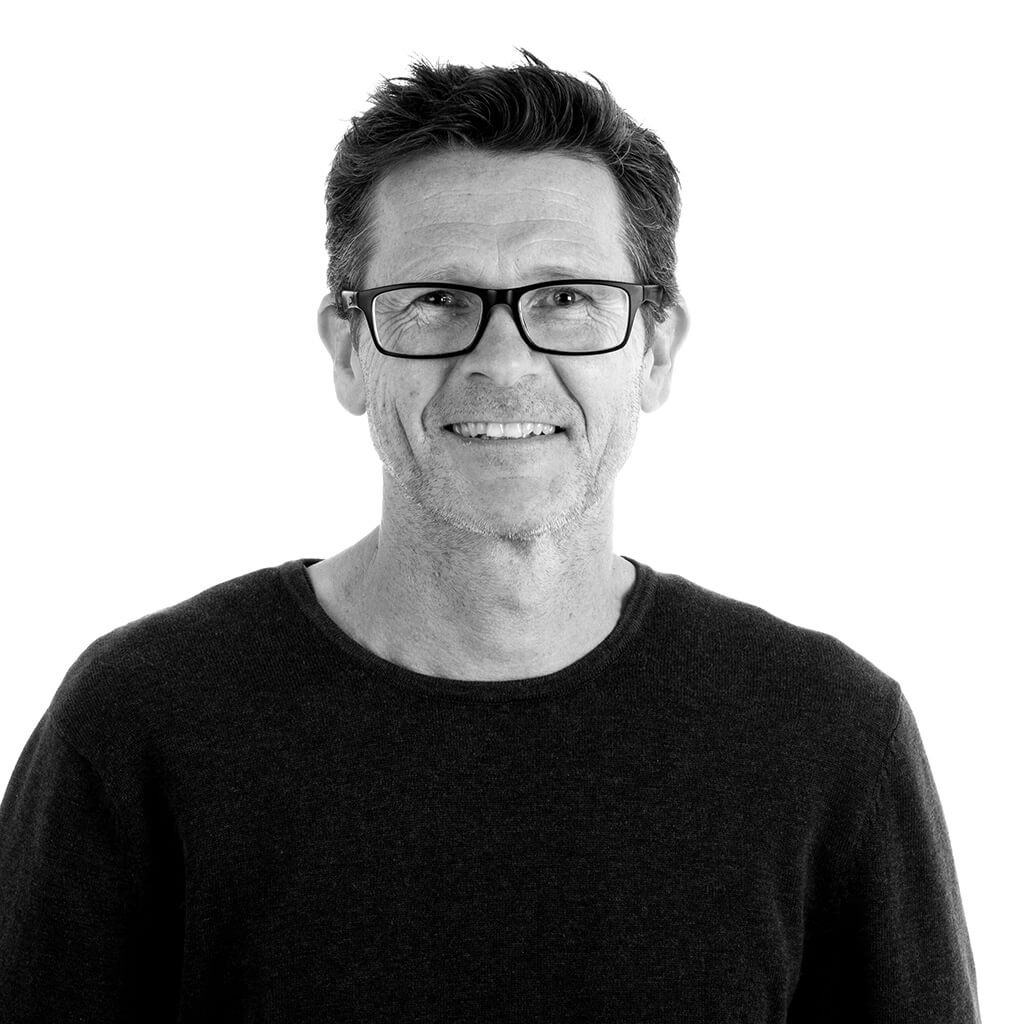How far is too far
The evil lies of photoshop and CGI (computer generated imagery)
Advertising quite simply lies. We all know it and view thousands of images that have been enhanced digitally, the question is how much retouching is acceptable.
There are many basic reasons why we retouch and composite images, here a few:
Just tidying up an image. Some elements may need removing, eg a pole in the background that appears to being growing out of the head of the focal point of a person in the foreground.
Colour correction. To ensure that an image will reproduce correctly when printed.
Telling an obvious fictional story. If a concept requires an image representing some mythical beast in a far off world the only way to achieve this is to illustrate that (be it digitally or traditionally).
These examples don’t make the product any different than it is in reality.
The next level is where people start to differ on their views and the main target is the fashion and beauty industry.
Having directed and retouched many a fashion campaign in my time, I have work on the guidelines that as long as the image doesn’t mislead to a point that makes the actual product appear to be something that it is not, then that is okay.
The example below for Sunsilk on the Unilever homepage shows excessive (way too blue) photoshopping to Delta’s eyes, but as it is for hair not eyes so I feel that is acceptable and it is so fake you just laugh at it. They should instead have focused on cleaning up the distracting stray hair/earing on her ear.
By the way Unilever who owns so many beauty brands and seems to like full on retouching as above are the same people who own the Dove brand that ran the anti-retouching Dove Evolution campaign.
I see no harm in retouching a model (both male and female) to appear more presentable. If on the day of a fashion shoot the model wakes up with big zits on their face, of course I will take them out. There is no difference between hair styling and makeup than using photoshop to create the same result, let’s face it, we all try to look our best for photos and going out.
Again I have no problem with slimming down say an arm or neck, and before you all cry that this perpetuates anorexia in young people, I have added size to models who looked too thin. (One particular model was back from a stint in Italy and there she was deemed just right with her weight for fashion, but here she was way too skinny!) It is not about size but form – a smooth flow as opposed to a bulge of fat or a bone sticking out. In fashion the models are simply props to show off the garments.
Beauty on the other hand is different. If an image is to promote a make-up and the smoothing effects its application can achieve, then removing zits and blemishes that it can’t conceal on the model would be a lie and I would not do this!
Retouching is not this big evil people like to think, it is simply about showing something in the best way and in the correct context.


